Best Practices Articles

Equipping Your Partners: Integrating CPQ Tools with Your PRM Software for Manufacturing
Integrating CPQ tools directly into PRM software for manufacturing is critical for complex product sales. This single-platform approach eliminates error-prone manual quoting, which typically erodes profit and slows sales cycles. The integration provides partners with instant, accurate, and self-service quoting, leading to faster Time-to-Quote (TTQ) and automated deal registration for accelerated growth.
Key Takeaways:
- Integration stops margin erosion from quote errors.
- Enables instant, self-service partner quoting.
- Provides real-time visibility for forecasting.
In the manufacturing world, sales success is often determined at the "moment of quote." This critical juncture is where a product's technical details intersect with its commercial price. For manufacturers that sell products with numerous options—such as complex machinery or custom systems—the process of Configuring, Pricing, and Quoting (CPQ) is a high-stakes moment. It determines how much profit is made, how fast the product can be delivered, and if the customer is satisfied.
When CPQ is managed manually or with separate, disconnected tools, it causes significant problems: quotes are slow, mistakes are common, and valuable profit disappears. This problem is exacerbated when sales occur through an indirect channel of partners. These partners typically lack in-depth technical expertise. They have to switch between their PRM software for the manufacturing portal (for training and sales materials), their email (to request pricing from the manufacturer's back office), and old pricing spreadsheets. This broken, fragmented process prevents them from selling high-value, complex solutions efficiently, which limits the manufacturer’s potential for growth.
To increase sales of complex products, manufacturers must adopt digital transformation their quoting processes. The most important part of this strategy is bringing enterprise-level CPQ functions directly into a unified PRM platform. This innovative integration transforms the sales process from a risky, slow operation into a highly efficient, accurate, and scalable method for optimizing sales.
Why Separated CPQ Tools Hurt Your Sales Channel
Most manufacturers' product lines are too complex for manual or disconnected quoting. They have thousands of product codes (SKUs), complicated dependencies, and different prices for different regions. The results of this separation are immediate and costly.
- Profit Loss Due to Mistakes: The most direct cost is the loss of profit. Partners who use outdated price lists, apply incorrect discounts, or select components that don't work together require the manufacturer's team to make adjustments. These human errors lead to expensive rework, production delays, or even fulfilling an order at a loss just to keep the customer happy. Relying on manual checks removes control over the financial accuracy of every single quote.
- Slow Sales Cycles and Competitive Risk: In sales, speed is vital. When partners must email configuration requests and wait days for a company engineer to create an accurate quote, the sales process stops. This sales cycle latency gives competitors an advantage who can provide instant, accurate pricing. In the demanding manufacturing sector, waiting for a quote often means the deal is lost. Lack of efficiency in quoting directly starves the sales pipeline.
- Low Partner Confidence: Manual quoting is challenging and makes partners less likely to promote a manufacturer’s most complex and highest-profit solutions. Because they fear configuration errors or long delays, partners often choose to sell simpler, lower-profit products they can quote quickly. This reluctance stops the manufacturer from driving the adoption of new, strategic technologies and achieving complete product portfolio optimization.
- Compliance and Technical Risk: Configuration errors can also create serious technical and legal risk. For example, incorrectly specified parts can result in a final product that does not meet industry standards (such as safety rules) or, worse, doesn't perform as the customer needs. A manual system lacks built-in rules to verify compliance with these standards, exposing the manufacturer to liability and potential reputation damage.
Pillar 1: The Technical Path for True Integration
To enable partners to sell complex products, the PRM software for manufacturing must be designed to deeply and bi-directionally connect with other enterprise systems.
Open APIs and Pre-Built Connectors are Mandatory: Integration should not be a problematic, custom coding project. The PRM platform must act as a smooth data highway. This requires:
- Open APIs: These ensure flexibility and the ability to connect to highly customized, older enterprise resource planning (ERP) or custom CPQ systems.
- Pre-Built Connectors: These provide ready-to-use integration with major enterprise systems such as Salesforce CPQ, SAP, or Microsoft Dynamics.
This focus on seamless CRM & MarTech Integrations ensures the PRM platform is an effective front-end for the manufacturer's complex back-office systems.
A Single Interface for Partners: The goal is to eliminate the need for partners to switch between different applications. The PRM software for manufacturing must be a unified interface that embeds the CPQ function directly within the familiar partner portal. The partner doesn't need to navigate to a separate, complicated CPQ application; they simply click a "Generate Quote" button within their sales dashboard. This dramatically improves efficiency and encourages the use of the formal quoting tools.
Real-Time Data Sync: For quotes to be accurate, they must use live data from the manufacturer’s central systems. The integration must ensure that pricing rules, product details, inventory status, and discount authorization are synchronized in real-time from the central ERP/CPQ system to the partner portal. This vital synchronization eliminates partners using outdated spreadsheets or making configuration mistakes based on incorrect, manually entered data, which ensures control over the sales process.
Pillar 2: Strategic Benefits Across the Sales Cycle
By integrating the CPQ process within the PRM platform, manufacturers can achieve a level of speed, accuracy, and confidence that directly accelerates the entire sales cycle.
- Faster Time-to-Quote (TTQ): The integrated platform provides partners with self-service quoting capabilities. Complex quoting is changed from a waiting game that takes many days into a self-service process measured in minutes. The partner can sit with the customer, set up the solution, check inventory, and generate an accurate, compliant quote immediately. This instant response is a substantial competitive advantage and directly drives growth acceleration.
- Guided Selling and Error Prevention: The CPQ tool is a robust solution for sales and error prevention. When it is part of the PRM platform, it offers guided selling features to the partner:
- Constraint Validation: The system automatically prevents partners from selecting incompatible components or setups, removing technical errors before the quote is even created.
- Discount Control: Discounting rules and approval limits are automatically enforced. The system ensures partners only apply authorized discounts. Any requests for deeper discounts are automatically routed for internal approval using a digital workflow. This combination of speed and integrated control ensures every quote is fast, technically feasible, and financially accurate.
- Automated Deal Registration from Quote: The integration links the partner's sales activity to the manufacturer's channel management. The moment a partner creates an accurate, high-value quote, the system instantly converts that activity into a pending deal registration entry in the PRM software for manufacturing. This automatic registration:
- Protects the Partner: It immediately safeguards the partner's investment in that sales opportunity.
- Ensures Visibility: It gives the manufacturer immediate, real-time visibility into the complex sales pipeline.
- Streamlines Process: It removes the manual step of partners having to register the deal after the quote is done.
Pillar 3: Analytics for Forecasting and Program Optimization
Integrating CPQ data is the final, essential step to achieving total channel optimization. It unlocks insights into the earliest, most critical parts of the sales process.
Unified Pipeline Visibility: Because every quote for a complex product is captured and tracked within the PRM system, the manufacturer gains a level of visibility that was previously impossible. The sales pipeline now includes not only general deal stages but also specific, provable details about the configured product, its potential value, and its complexity. This leads to highly accurate sales forecasting for complex products, enabling more innovative inventory planning and resource allocation.
Granular Quote-to-Close Analytics: The PRM software for manufacturing can now use Granular Analytics to track key CPQ performance metrics that show likely sales success:
- Time-to-Quote (TTQ) by Partner: This identifies partners who are experiencing difficulties with configuration and require additional training or coaching.
- Quote Acceptance Rate: This measures how well a partner presents and wins the proposed solution.
- Quote Accuracy Rate: This measures the percentage of quotes that pass internal technical checks without requiring any changes. This is a direct measure of the partner's technical skill.
Continuous Program Refinement: These integrated analytics create a powerful feedback loop for strategic management. If the data shows that many quotes for a specific product line fail validation, the manufacturer knows exactly what to do:
- Refine Training: Update the technical certification module for that product line.
- Refine Product: Identify and simplify configuration rules for the problematic product to enhance its performance.
- Refine Pricing: Change incentives to encourage configurations that are easier to fulfill.
This continuous, data-driven refinement process truly defines channel optimization, ensuring the CPQ tool and the sales process are continually being improved for maximum efficiency and profitability. The strategic choice of PRM software for manufacturing is essential.
Conclusion: Scaling Complex Sales with Integrated Tools
For global manufacturers, the key to increasing the sale of complex, high-value products through partners is empowering them with speed and accuracy. Relying on manual processes or separate CPQ tools is a limitation that creates unacceptable risk, delays sales, and erodes margins. The PRM software for manufacturing must be a strategic architectural choice. It must serve as the single, unified engine that connects all channel activities, including the critical CPQ process. By integrating CPQ functionality directly into the familiar partner environment, the platform turns the quoting process into an accurate, instant, and scalable revenue driver. This investment in unified technology is the key to achieving accelerated growth, optimized sales, and total market dominance.
Are you losing deals and margins because of slow, error-prone quoting? Discover how a Unified Partner Management platform, integrated with CPQ tools, can transform your sales process into a high-performance, predictable revenue driver. Schedule a demo today to see seamless CPQ integration and automated deal registration in action.
Best Practices Guidebook
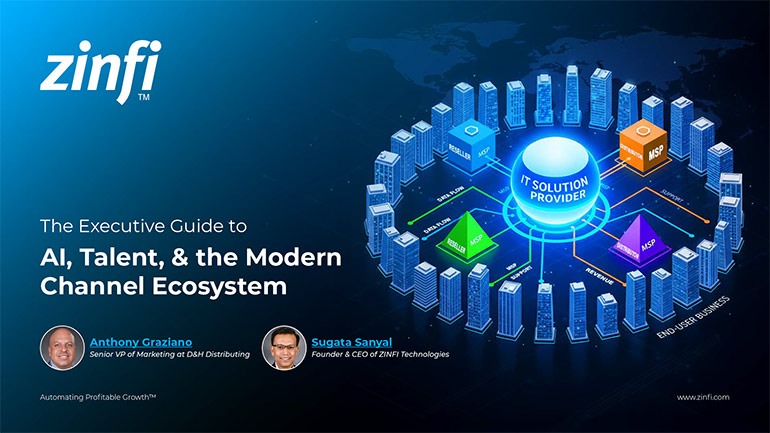 Modernizing Channel Marketing: AI and Ecosystem Enablement Best Practices
Modernizing Channel Marketing: AI and Ecosystem Enablement Best PracticesDownload for FREE
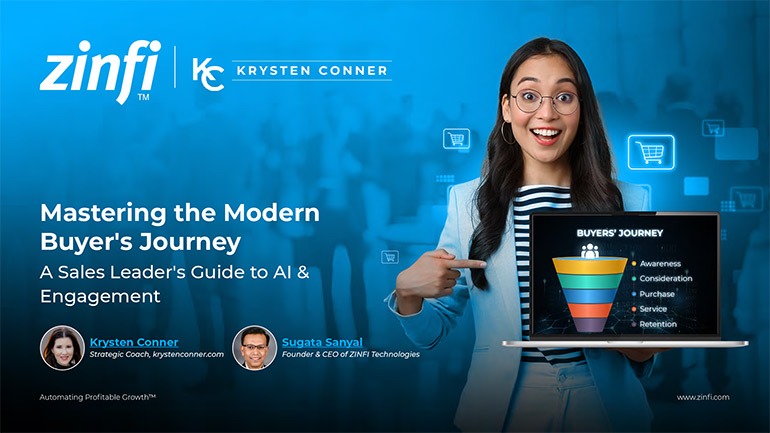 The Channel’s Shift to Partner-Led With AI Best Practices
The Channel’s Shift to Partner-Led With AI Best PracticesDownload for FREE
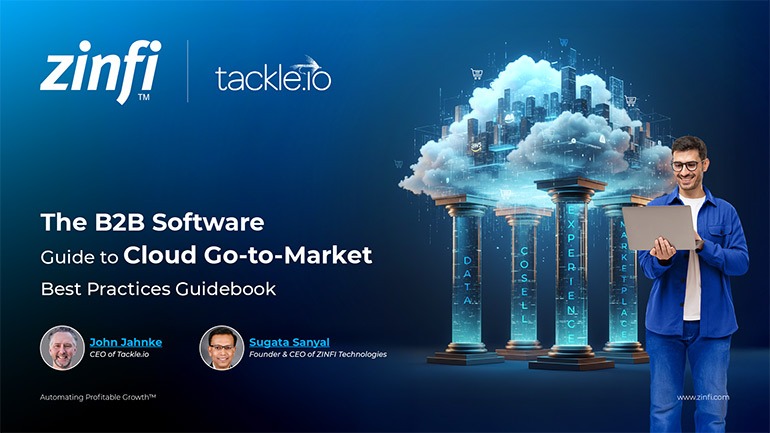 Hyperscalers, ISVs, and AI: Shaping the Future of B2B Software Distribution
Hyperscalers, ISVs, and AI: Shaping the Future of B2B Software DistributionDownload for FREE
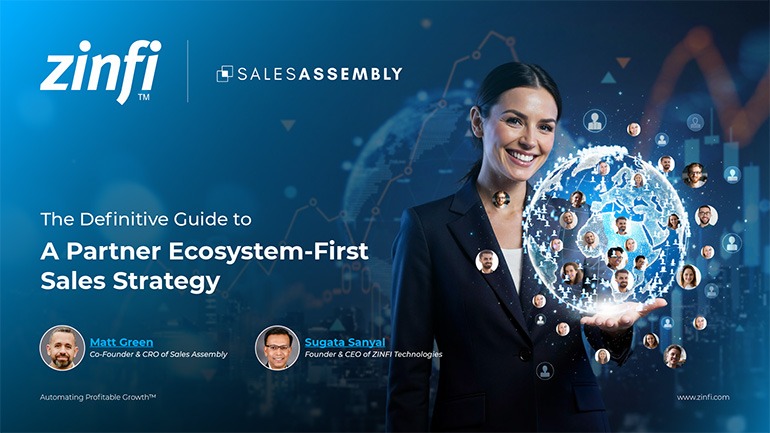 Definitive Guide to a Partner Ecosystem-First Sales Strategy
Definitive Guide to a Partner Ecosystem-First Sales StrategyDownload for FREE
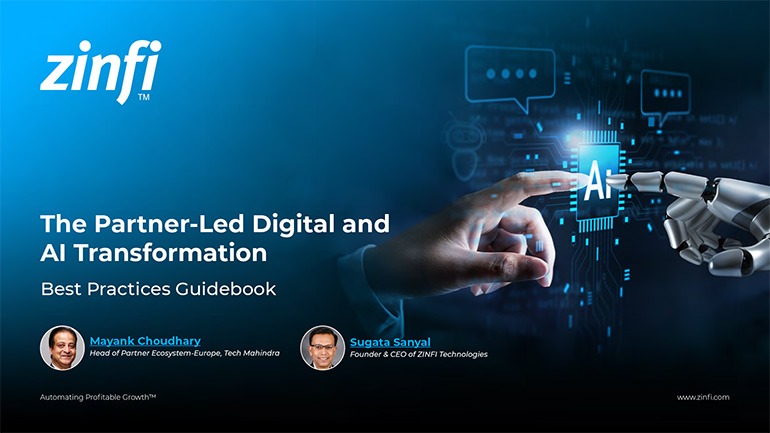 The Partner-Led Digital and AI Transformation Best Practices
The Partner-Led Digital and AI Transformation Best PracticesDownload for FREE
 Startup Talent Recruitment: Hiring Missionaries, Not Mercenaries
Startup Talent Recruitment: Hiring Missionaries, Not MercenariesDownload for FREE
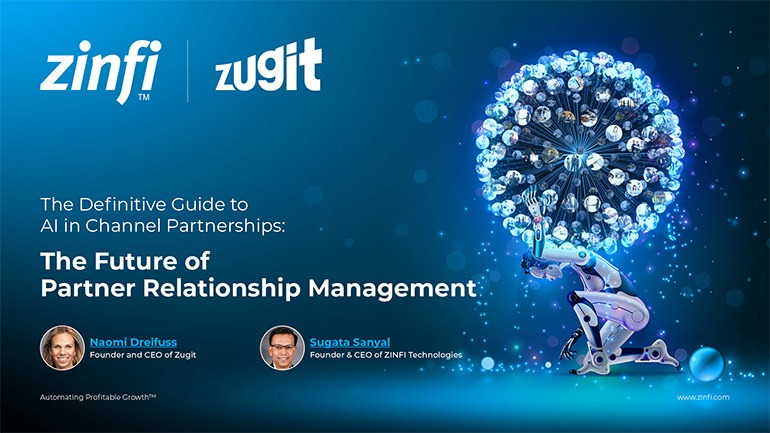 The Future of Partner Relationship Management with AI in Partnerships
The Future of Partner Relationship Management with AI in PartnershipsDownload for FREE
 Cybersecurity for the 99%: Strategies from the Frontline
Cybersecurity for the 99%: Strategies from the FrontlineDownload for FREE
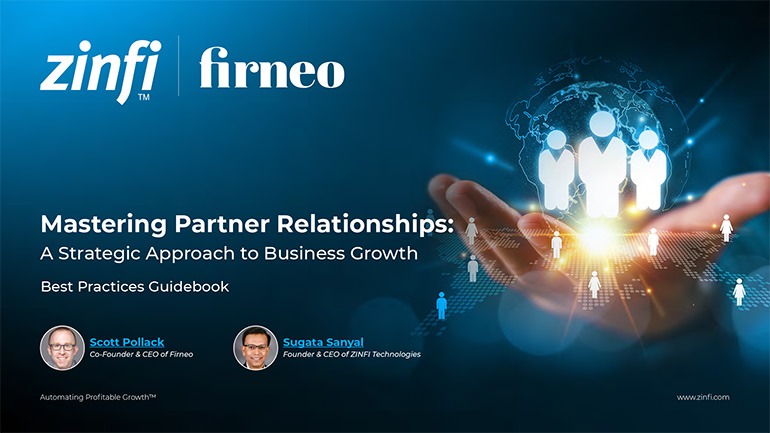 Mastering Partner Relationships: A Strategic Approach to Business Growth
Mastering Partner Relationships: A Strategic Approach to Business GrowthDownload for FREE
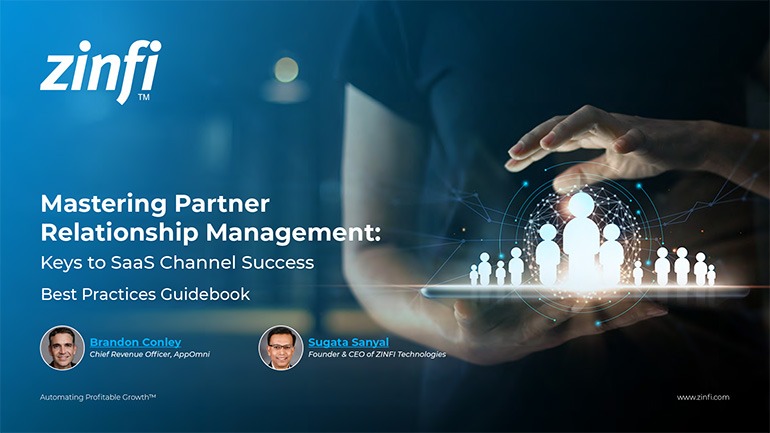 Mastering Partner Relationship Management: Keys to SaaS Channel Success
Mastering Partner Relationship Management: Keys to SaaS Channel SuccessDownload for FREE
 Navigating the AI Revolution: Guide for Partners in the Microsoft Ecosystem
Navigating the AI Revolution: Guide for Partners in the Microsoft EcosystemDownload for FREE
 Mastering the Modern Buyers Journey: Sales Leader’s Guide to AI & Engagement
Mastering the Modern Buyers Journey: Sales Leader’s Guide to AI & EngagementDownload for FREE










